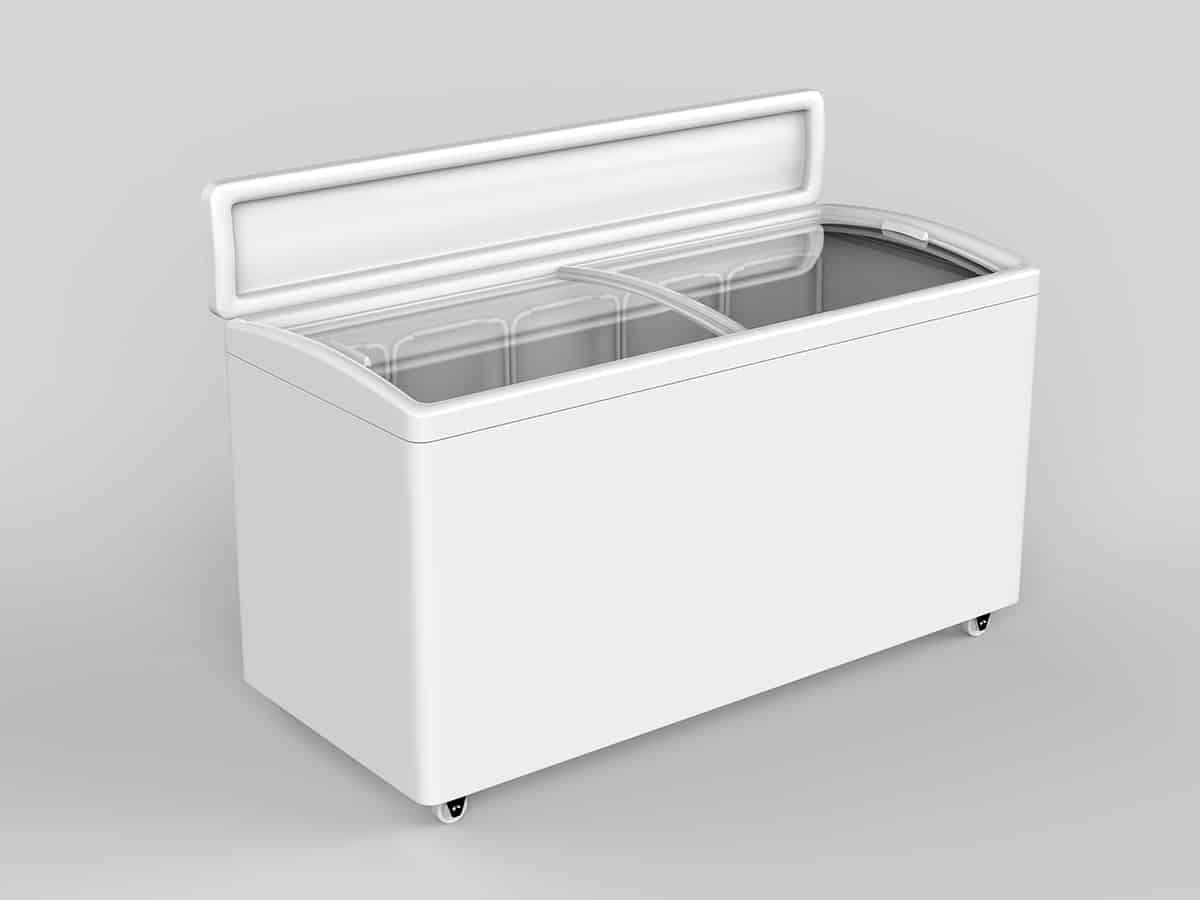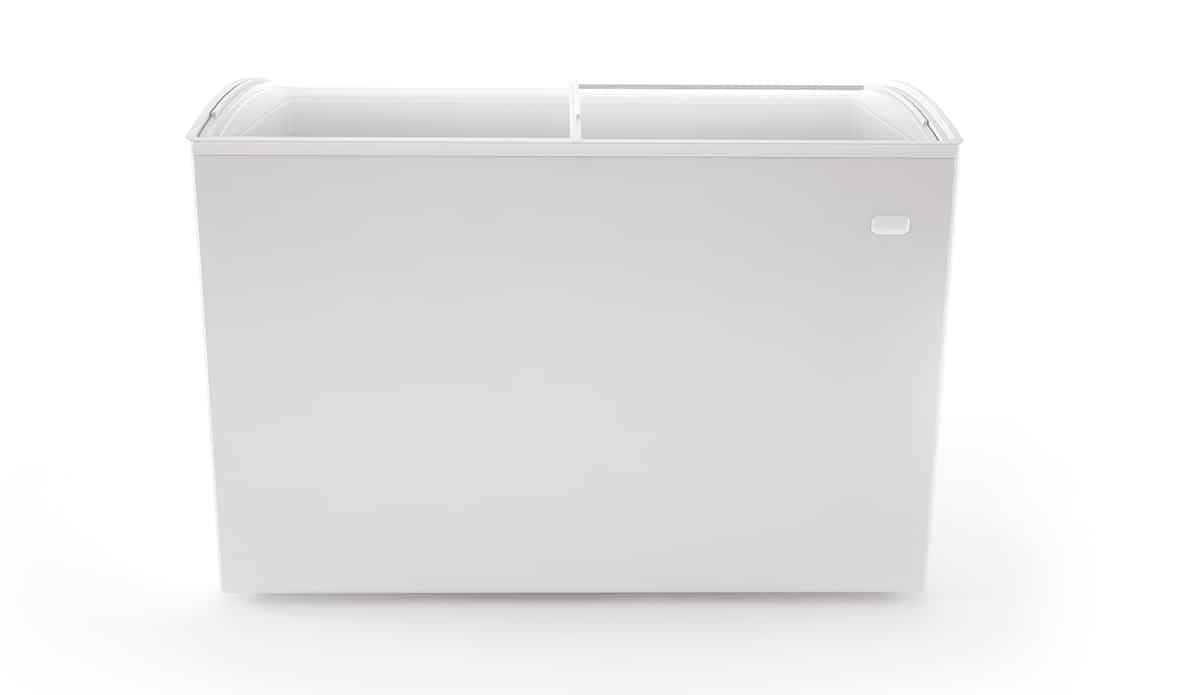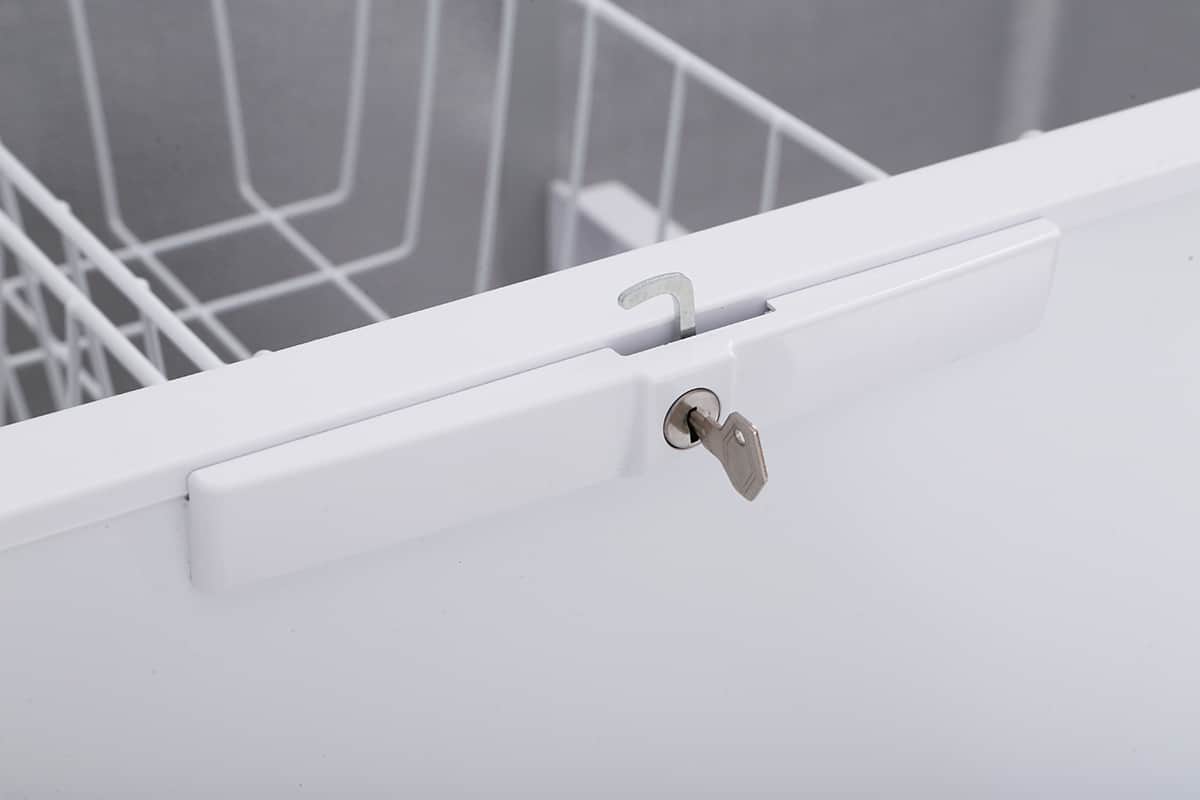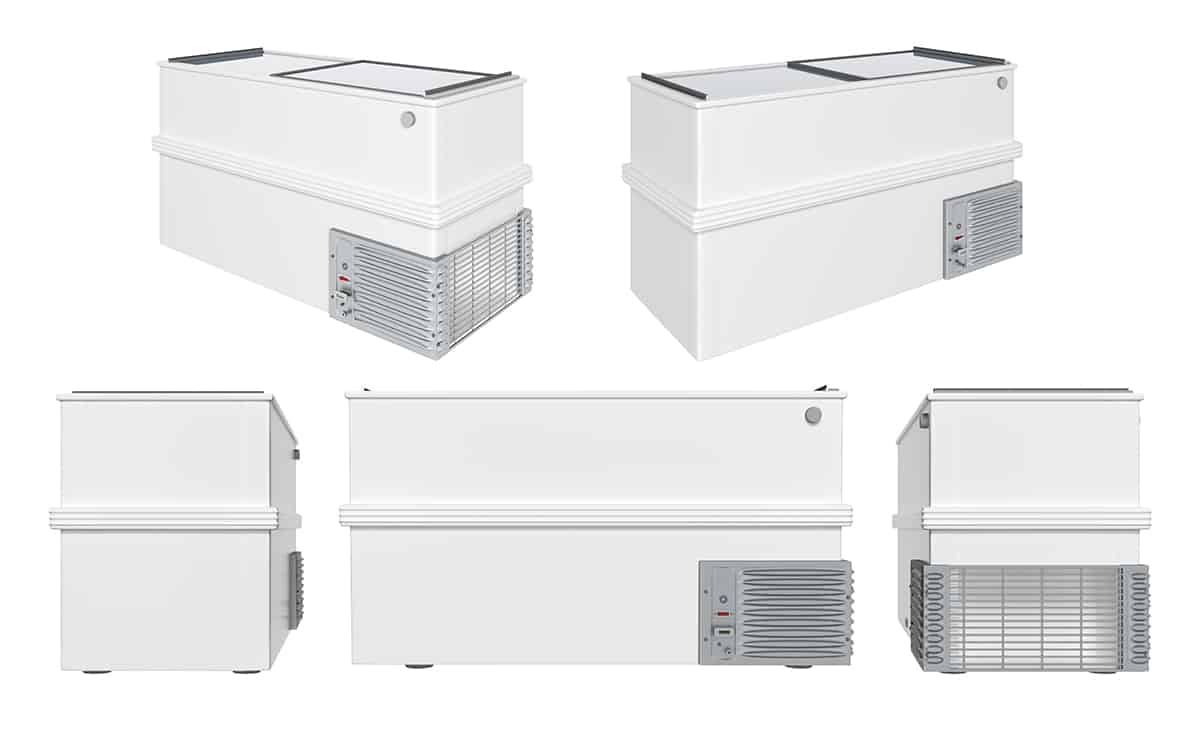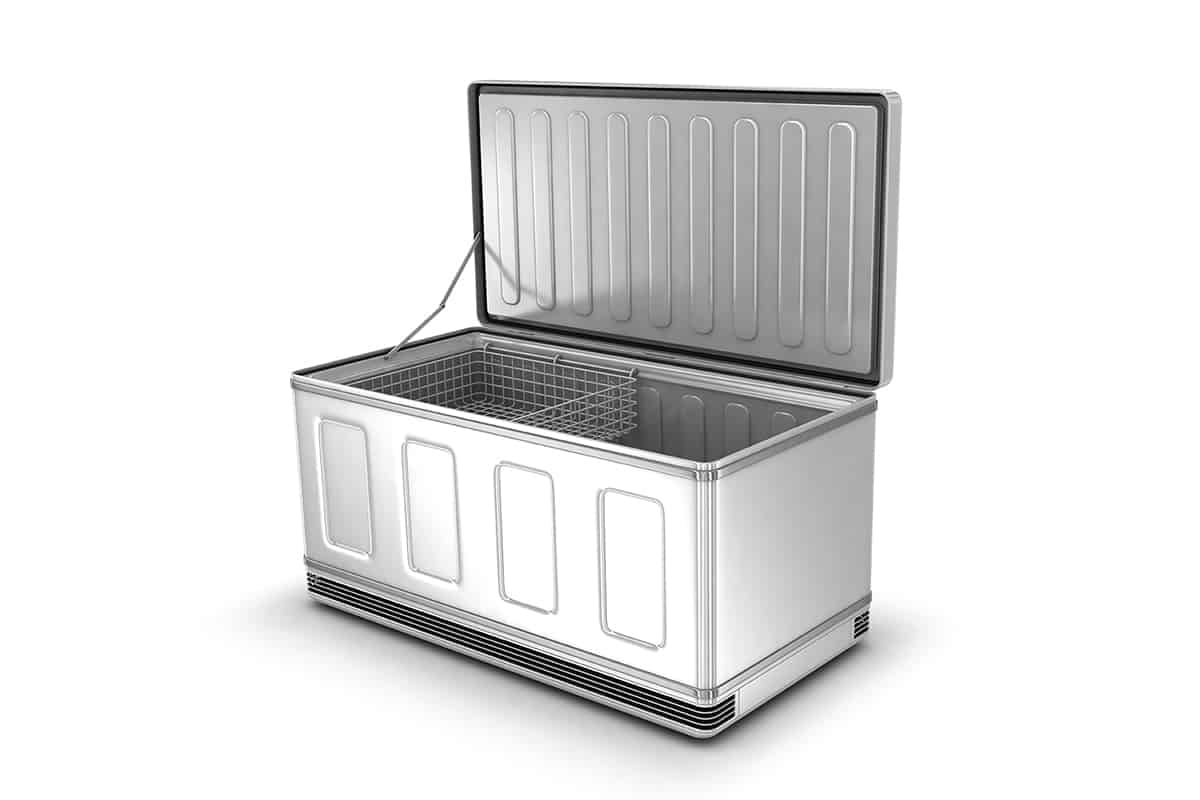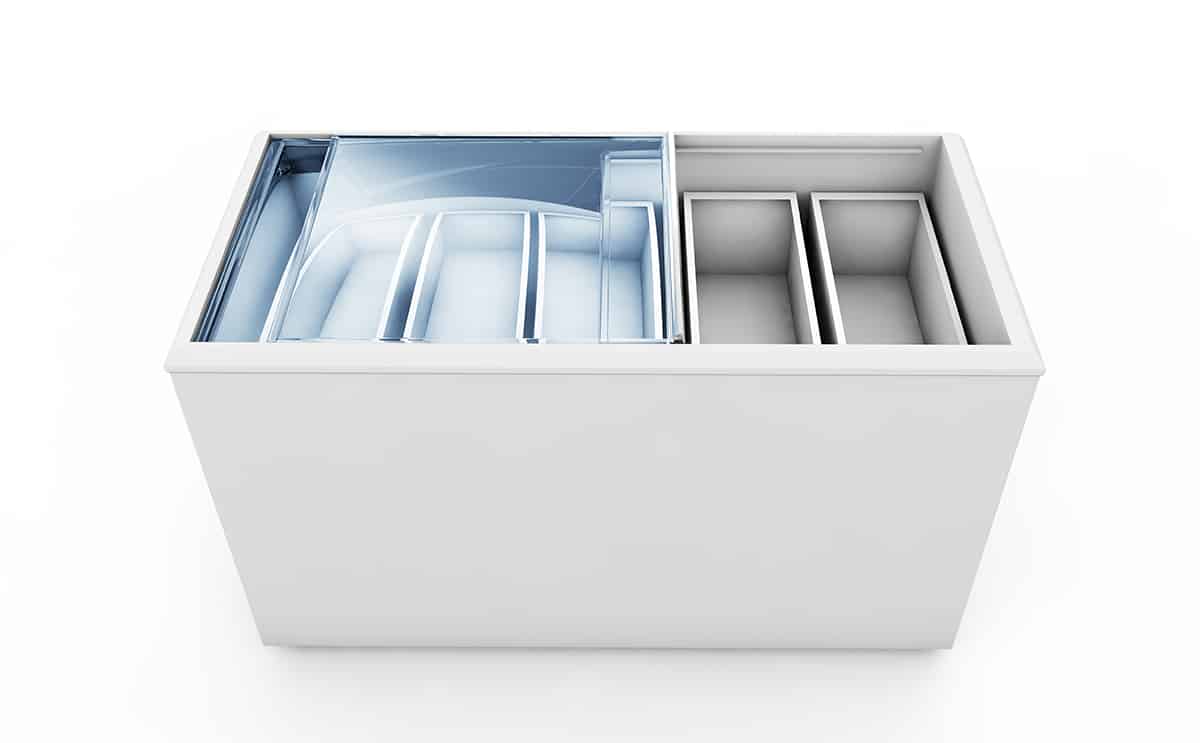Chest freezers are invaluable to many people who like to buy food in bulk to save money since they can freeze large amounts of food until the time when they want to eat it. People who hunt for their own food, such as fish or elk, will also use a chest freezer to store their protein so that it keeps and provides their family with a variety of food all year round.
If the power fails that your chest freezer runs on, then you can stand to lose a lot of food and therefore a lot of money, because if the food defrosts it will be wasted.
Typically, if your power goes out then the food inside the chest freezer will be ok for around 24 hours, although this depends on how full the freezer is. If the freezer is only half full, this could be reduced to around 16 hours.
There are ways you can keep the temperature low inside a chest freezer even after the power goes out, which can be useful to know in the event of a power outage.
Preparing Your Chest Freezer for a Power Outage
If your local news outlets are predicting a big storm or hurricane coming your way, then it’s sensible to make preparations to protect the food you’re storing in your freezer.
In harsh storms, power can sometimes be out for several days, after which time your frozen food will be ruined if you don’t get prepared. By taking steps to get your chest freezer ready for a potential power outage, you could save all of the frozen food for as long as 3 days.
Drop the temperature
One of the best preventative measures you can take to stop the food from going off in your chest freezer in the event of a power outage is to pre-emptively lower the temperature in the freezer. Set the freezer thermostat to the lowest setting it will go to.
This means that the freezer will have further to go to reach an unsafe temperature when it starts to defrost, thereby keeping your food in a suitable condition for longer.
Rearrange the food
In a chest freezer, the coldest area is at the bottom. If you are expecting a power outage you should rearrange all of the food so that your most important and most easily-spoiled items are at the bottom, beneath everything else.
Typically, this means moving all the meat and fish to the base of the chest freezer. This works in two ways to preserve the food because the additional layers of frozen food on top of the meat will serve as extra insulation.
Fill the freezer
The fewer items that are in your chest freezer, the faster the temperature in the appliance is going to drop in the event of a loss of power. A full freezer will stay colder for longer because all of the frozen items inside work to keep the temperature low. If your freezer is not full, you should fill it up with bags of ice.
Prepare insulation
Once the power to your chest freezer is lost, insulating it with heavy blankets can help to keep the cool air inside, therefore keeping your frozen food frozen for longer. If you’re expecting a storm, keep a number of blankets close to your freezer so that you can easily pile them on top of the chest freezer once the power goes out.
Install a backup generator
If you live in a region where power outages are common, then installing a backup generator is a good option that will protect you from the effects of a power loss. A backup generator runs off a battery and will spring into action when the mains power cuts out. It will take over the energy supply to your home, keeping all of your appliances running. Having a backup generator will mean that the chest freezer won’t start to defrost, even in a power outage.
Keep it closed
Once the power to your chest freezer has gone out, it’s vital that you don’t open the lid. This will let the cold air out, and warm air in, and can drastically affect the temperature in the freezer.
If the power has already gone out, don’t try to make it last longer by rearranging food at this point because you will only be letting cold air escape. Instead, focus on insulating the freezer by piling heavy blankets on top and draping them around the sides.
Is Chest Freezer Food Safe Without Power?
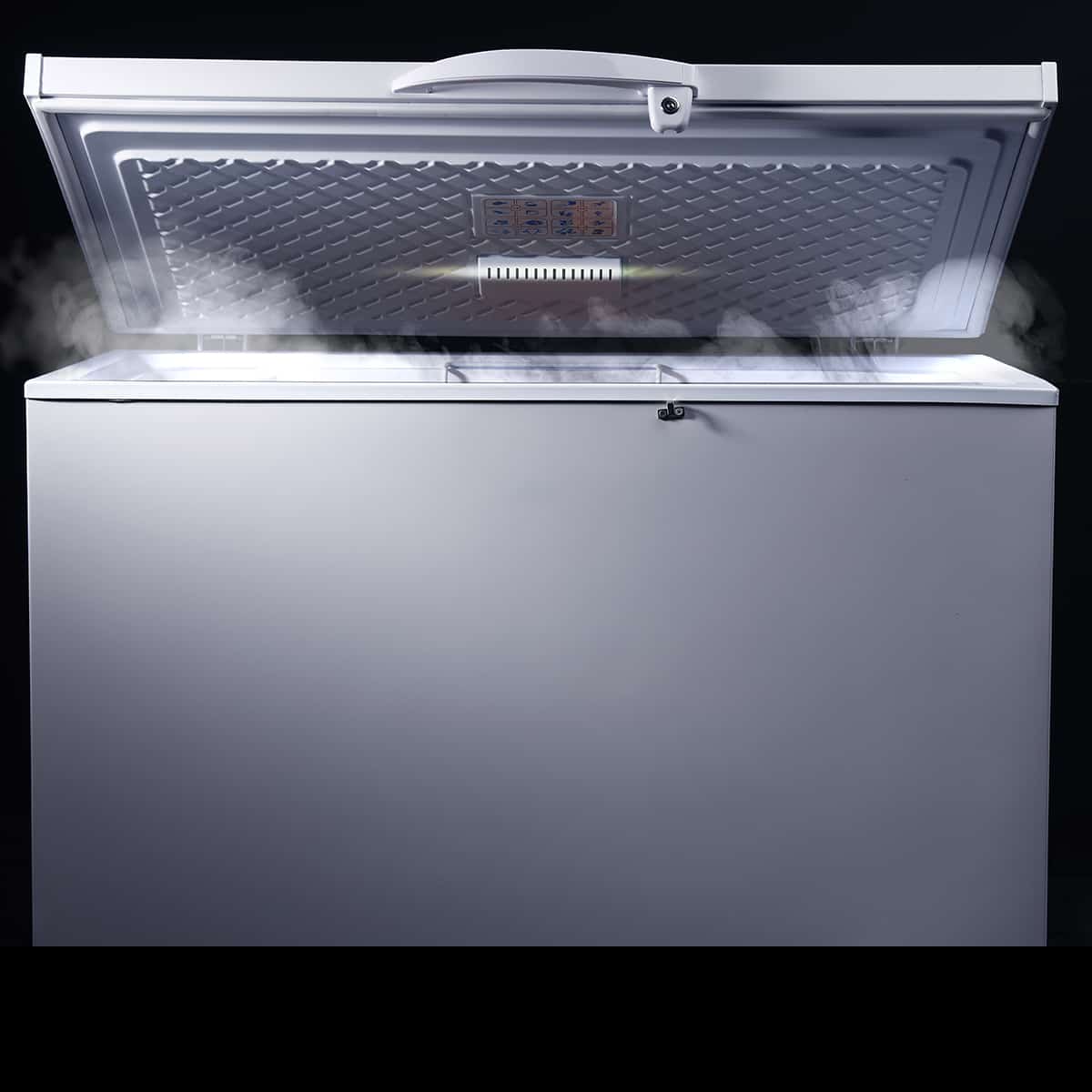
The length of time your chest freezer has been without power does not dictate whether the food is safe to eat, instead it is the temperature the chest freezer has reached that you need to be aware of. Most food is not safe to be frozen, thawed and then refrozen. This is particularly true with meats, fish, and dairy.
If the temperature reaches up to 4°C or 40.0 °Fin your freezer, then it needs to be cooked and eaten immediately. It can not be refrozen when the power comes back on. If like most people, you have a hefty supply of food in your chest freezer, then it will be impossible to eat all of it once it has thawed, and most of it will go to waste.
Although this can be a very upsetting thought, it isn’t worth risking your or your family’s health to eat spoiled food. To be aware of whether the food is still safe after you have lost power, you can install a thermometer alarm in your freezer. This will alert you with a beeping noise when the temperature reaches 4°C or 40.0 °F.
Alternatively, after the power outage, you can look at the thermostat inside your freezer to see if it remained at a safe temperature. In order to remain in the freezer, the temperature needs to have remained lower than. If it is between -18°C or 0°F and 4°C or 40.0 °F then it can be moved to the refrigerator. If the temperature is higher than 4°C or 40.0 °F, the food is no longer safe to be eaten.
